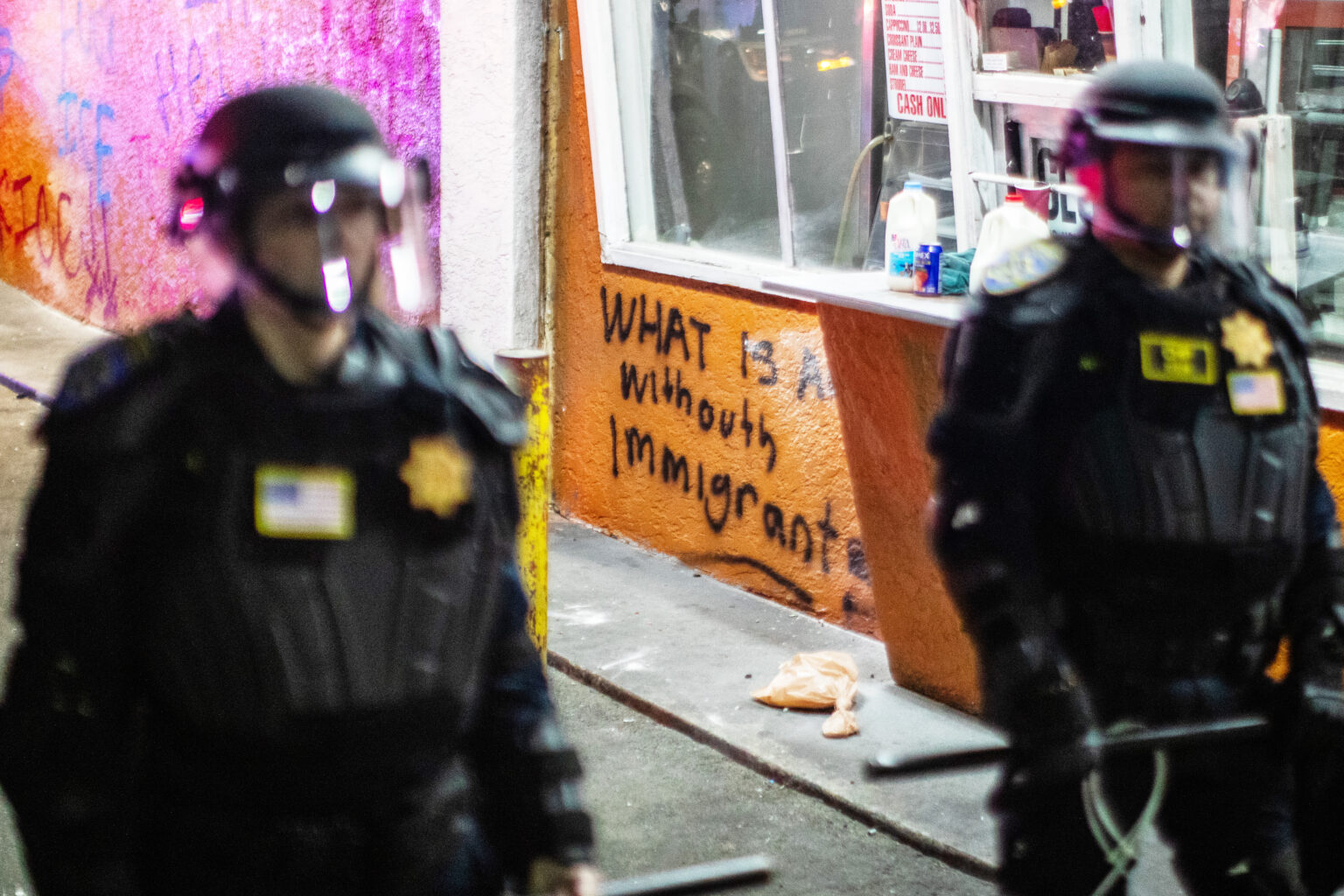Intensified Immigration Enforcement Under the Trump Administration: A Shift in Workplace Crackdowns
In recent months, the Trump administration has significantly escalated its efforts to identify and remove undocumented workers from American workplaces. This shift is characterized by a strategic focus on increasing inspection activities and enforcing stricter compliance measures among employers, with the ultimate goal of accelerating deportation procedures.
Implementation of Quotas and Surge in Workplace Inspections
According to multiple immigration attorneys and a former official from the Department of Homeland Security, the Immigration and Customs Enforcement (ICE) division has issued directives to its 30 regional offices to meet specific inspection targets. These inspections, primarily involving the verification of employees’ immigration status through I-9 audits, have reportedly surged by a factor of ten since the beginning of the year. This aggressive approach aims to create a steady stream of evidence that can facilitate subsequent enforcement actions.
From Audits to Raids: A Broader Enforcement Strategy
While I-9 audits are primarily intended to verify employment eligibility, they often serve as precursors to more invasive operations such as workplace raids. Recent reports indicate that ICE agents have been using these audits to detain undocumented workers on-site, frequently without judicial warrants. Many workers, once served with inspection notices, are not seen returning to their jobs, highlighting the disruptive impact of these enforcement tactics.
Widespread Impact Across Industries and Regions
The crackdown has permeated various sectors, including meat processing, retail, construction, and transportation. In the past month alone, ICE has detained hundreds of workers at diverse locations-from a meatpacking plant in Omaha to gas stations in Phoenix, construction sites in Tallahassee and the Rio Grande Valley, and a pallet manufacturing facility in Pennsylvania. These actions reflect a nationwide effort to target workplaces suspected of employing undocumented labor.
Operational Goals and Political Mandates
The intensified enforcement aligns with directives from high-level officials, notably White House Deputy Chief of Staff Stephen Miller, who publicly emphasized a goal of making at least 3,000 arrests daily. This directive has translated into large-scale operations, such as the recent raid in Los Angeles where ICE agents executed a search warrant at a women’s clothing manufacturer and apprehended day laborers at a local hardware store parking lot. These actions have sparked protests and prompted the deployment of the National Guard and U.S. Marines in some communities.
Legal and Employer Perspectives
Legal experts and employer representatives have observed a marked increase in audit activity across both conservative and liberal states. Chris Thomas, a partner at Holland & Hart, notes that industries like hospitality, construction, and food processing are consistently targeted. Meanwhile, Amy Peck, an attorney at Jackson Lewis, reports that employers are experiencing heightened anxiety, with some workers refusing to show up amid the uncertainty.
Policy Rationale and Enforcement Justifications
Officials defend these measures as protective of American workers and necessary to combat exploitation. A White House spokesperson reaffirmed the administration’s commitment to deporting those present illegally in the U.S., emphasizing that enforcement efforts serve to safeguard lawful employment practices and prevent criminal abuse. The Department of Homeland Security (DHS) also highlights that workplace enforcement aims to shield workers from trafficking and labor violations.
Shifts in Enforcement Personnel and Strategies
Recent internal shifts within DHS indicate a reallocation of resources, with more agents being reassigned from investigations into human trafficking and transnational crime to focus on employer compliance. This strategic pivot suggests a prioritization of civil immigration enforcement over criminal investigations, with the goal of building a robust case network for workplace raids.
Data and Trends in Enforcement Activities
While comprehensive data remains limited, early reports from the Trump administration indicate that approximately 1,270 undocumented workers were detained at workplaces during the first 100 days, with nearly $1 million in fines proposed for offending businesses. The current trend suggests a rapid increase in these figures, as ICE continues to target a broad spectrum of industries.
Industry-Specific Concerns and Community Impact
Construction and agriculture sectors have experienced contrasting enforcement patterns. The construction industry, in particular, has faced heightened scrutiny, with over 100 undocumented workers detained at Tallahassee sites last month, fueling fears among laborers about job security. Conversely, agriculture has seen comparatively fewer enforcement actions recently, despite estimates that over 40% of farm laborers are undocumented, according to the USDA’s 2022 data. Some industry leaders express concern about the long-term sustainability of their workforce amid these aggressive enforcement measures.
Looking Ahead: Challenges and Uncertainties
As enforcement efforts intensify, industry groups and legal advocates are exploring ways to support workers with lawful status and to ensure compliance without disrupting essential services. The evolving landscape of immigration enforcement under the Trump administration continues to generate debate about the balance between national security, economic stability, and immigrant rights.

